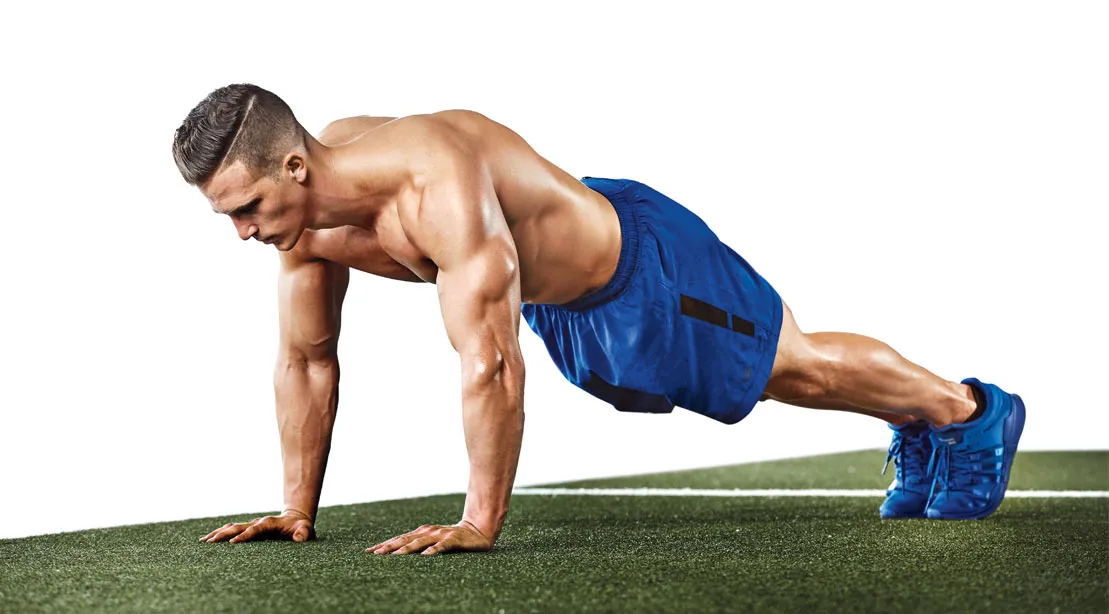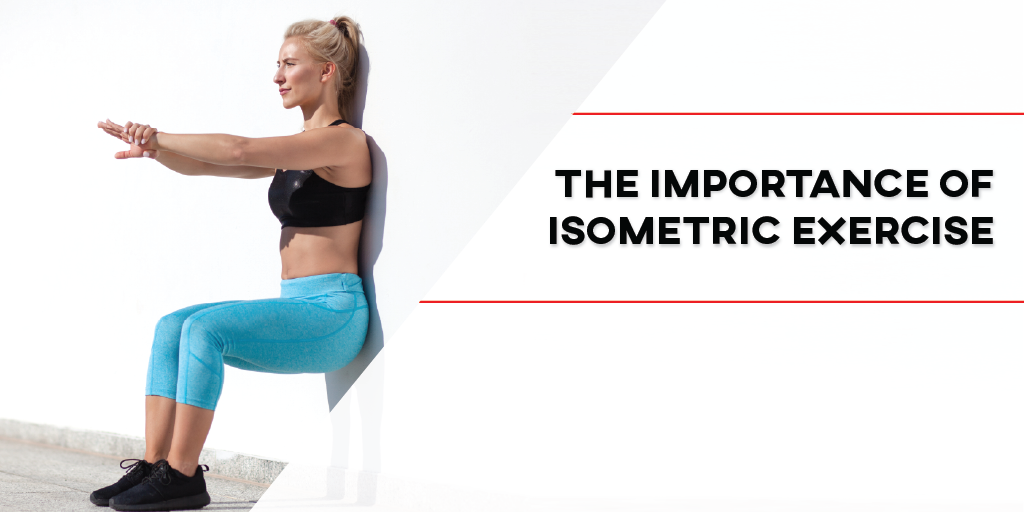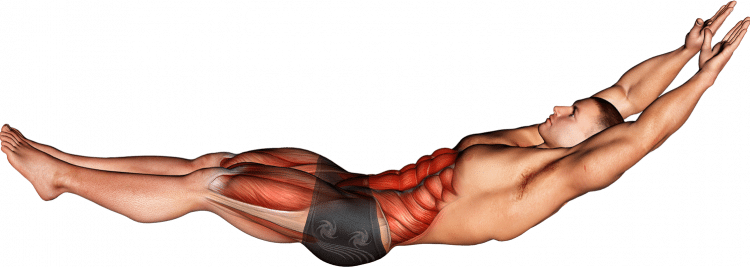Stillness: The Artistry of Isometric Exercises Mastery
In the realm of muscle forging, where dynamic exertions often take center stage, there exists a captivating art form that thrives in stillness – isometric exercises
Imagine sculpting your physique not through the usual symphony of movements, but through the quietude of controlled tension. These exercises, like hidden gems of strength, defy conventional notions by challenging you to hold positions, channeling your inner strength, and sculpting muscle in ways both subtle and profound.
Isometric exercises are a type of strength training that involves contracting your muscles without actually moving the joints they act upon.
Unlike traditional exercises that involve dynamic movements, isometric exercises require you to hold a specific position or contraction for a certain period of time.
These exercises can be highly effective for building muscle and strength, as they target both slow-twitch and fast-twitch muscle fibers.
Isometric exercises also have the advantage of being joint-friendly, as they minimize the risk of impact or repetitive motion injuries. Here, we’ll explore four of the best isometric moves for building muscle:
- Plank: The plank is a foundational isometric exercise that primarily targets the core muscles, including the rectus abdominis, obliques, and transverse abdominis.


To perform a plank, start in a push-up position and lower yourself onto your forearms. Keep your body in a straight line from head to heels, engaging your core and glutes.
Hold this position for a specific duration, gradually increasing the time as your strength improves. Planks also engage muscles in the shoulders, chest, and back.
2. Wall Sit: The wall sit is a lower body isometric exercise that effectively targets the quadriceps, hamstrings, and glutes.

To perform a wall sit, find a wall and lower yourself into a sitting position with your thighs parallel to the ground. Your knees should be bent at a 90-degree angle, and your back should be flat against the wall.
Hold this position for a set amount of time, focusing on maintaining proper form and keeping the muscles engaged.
3. Hollow Hold: The hollow hold is an isometric exercise that engages the entire core, including the upper and lower abdominals, as well as the hip flexors.
Lie on your back with your arms extended overhead and your legs straight out. Lift your shoulder blades and legs off the ground simultaneously, creating a “hollow” shape with your body.

Keep your lower back pressed into the floor and hold this position for the designated time.
This exercise is particularly effective for building core strength and stability.
4. Static Lunge: The static lunge is an isometric variation of the traditional lunge that targets the quadriceps, hamstrings, and glutes.

Start by stepping forward into a lunge position, ensuring your front knee is directly above your ankle and your back knee is hovering just above the ground.
Hold this position for a specified time before switching to the other leg. The static lunge helps to build lower body strength and balance.
When incorporating isometric exercises into your routine, it’s important to focus on proper form and breathing throughout each contraction. Gradually increase the duration of each hold as your strength improves.
Remember that isometric exercises can be challenging, so it’s recommended to consult a fitness professional or medical expert before starting a new exercise regimen, especially if you have any existing health conditions or concerns.
Isometric exercises are more than a workout; they’re a canvas upon which you paint your strength, resilience, and determination.
These silent battles against inertia hold the potential to transform your body into a masterpiece of muscle. They’re a testament to the artistry of stillness, where the absence of movement becomes the foundation of growth.
So, as you embrace the unyielding stillness of isometric exercises, remember that within each moment of tension lies the potential for transformation and the quiet power of your own body’s potential.










